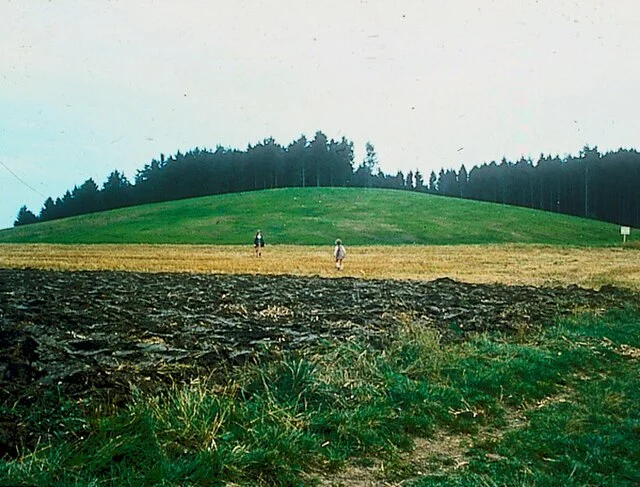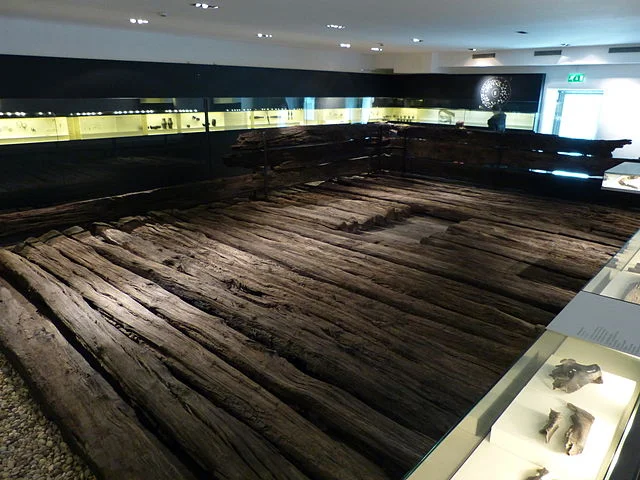Magdalenenberg is an ancient burial mound located in Germany’s Black Forest region. It is the largest of its kind in Central Europe. This mound is believed to date back to the Hallstatt period, between 616 and 609 BC. The site has great archaeological importance due to its scale and the insights it provides into early Iron Age burial practices.
Get your dose of History via Email
Discovery and Excavation

The burial mound was first documented in the 19th century. Its significance grew after systematic excavations were carried out in the 1970s. The dig revealed a central burial chamber containing a high-status individual. Researchers uncovered valuable artifacts such as jewelry, weapons, and pottery. These finds helped historians understand the customs and social structures of the Hallstatt culture.
Structure and Design

Magdalenenberg stands about 33 feet tall and spans approximately 328 feet in diameter. The mound covers a complex burial system that includes the central chamber and several smaller graves. Each grave is connected by radiating lines, suggesting a planned arrangement. The careful placement of the graves points to a high level of organizational skill and ritual importance.
Astronomical Significance
Recent studies propose that Magdalenenberg may have had astronomical alignments. Researchers believe that the mound’s design could be linked to the lunar cycle. The radiating graves may align with celestial bodies, marking key astronomical events such as solstices. This adds a new dimension to the understanding of the site, suggesting that it was not only a burial place but also a ceremonial site tied to celestial observations.
Artifacts and Cultural Insights

The artifacts discovered at Magdalenenberg offer a glimpse into the material culture of the Hallstatt people. Items such as bronze jewelry, weapons, and finely crafted pottery indicate the wealth and status of the individuals buried there. These finds also reveal extensive trade networks, as some materials and designs found at the site originated from distant regions.
Importance in Iron Age Studies
Magdalenenberg is a key site for studying the Hallstatt culture, a precursor to later Celtic societies. The mound provides crucial data on burial practices, social hierarchies, and cultural exchanges during the Iron Age. Its well-preserved structure and rich collection of artifacts continue to attract scholarly attention.
Conclusion
Magdalenenberg is more than just a burial mound; it is a window into the early Iron Age in Central Europe. Its size, structure, and artifacts make it a valuable site for understanding the Hallstatt culture. Ongoing research may reveal even more about the astronomical and ceremonial significance of the site. As archaeologists continue to study it, Magdalenenberg remains a key piece of Europe’s ancient past.
Source:

